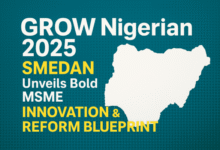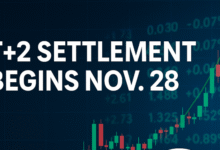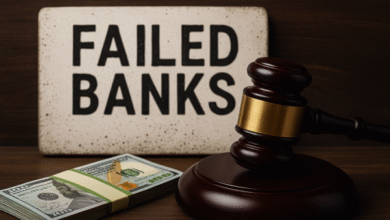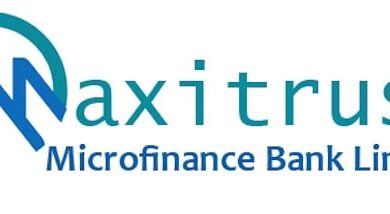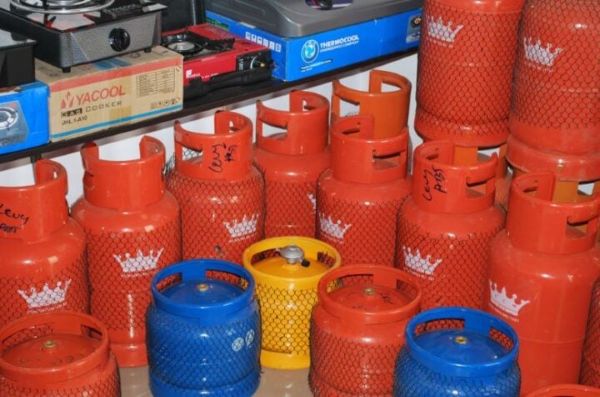
Nigerians Still Paying Premium
Weeks after the Federal Government’s high-profile intervention to curb the soaring price of Liquefied Petroleum Gas (LPG) — popularly known as cooking gas — Nigerians continue to feel the heat as prices remain stubbornly high across key urban markets.
A recent BRANDECONOMY Energy Watch survey across Abuja and neighboring towns shows that despite assurances of increased domestic supply, retail prices are still hovering between ₦1,450 and ₦1,800 per kilogram, depending on location and supplier.
The situation underscores deeper structural challenges in Nigeria’s gas value chain, where supply bottlenecks, distribution inefficiencies, and speculative hoarding continue to undermine government efforts to stabilize one of the country’s most essential household commodities.
Government’s Promise vs Market Reality
In mid-October, the Federal Government directed the Nigerian Midstream and Downstream Petroleum Regulatory Authority (NMDPRA) to intensify monitoring of LPG depots nationwide and clamp down on product hoarding after prices shot up from ₦1,100 to ₦1,800 per kg within days.
According to Dr. Ekperikpe Ekpo, Minister of State for Petroleum Resources (Gas), the spike in the price of According to Dr. Ekperikpe Ekpo, Minister of State for Petroleum Resources (Gas), the spike in the price of cooking gas was driven by two major disruptions:
was driven by two major disruptions:
- The industrial strike by PENGASSAN at the Dangote Refinery, which stalled local loading and logistics operations; and
- Maintenance work at the NLNG Train 4 facility, which temporarily reduced supply volumes to the domestic market.
Dr. Ekpo had assured Nigerians that with operations resuming at Dangote Refinery, and NLNG gradually restoring production, the market would experience a price correction. But three weeks later, that promise has yet to translate into measurable relief for consumers.
On the Ground: Retailers, Stock Costs, and the Slow Trickle Effect
At various filling stations and roadside outlets in Abuja, most retailers say they are still selling off old inventory purchased at peak prices.
“I can’t sell below my cost,” said Kingsley Paul, a local LPG retailer. “Once we start getting new stock from the depot at a lower rate, we’ll adjust prices. We’re expecting that soon.”
At major branded gas outlets, the situation is only slightly better. Large distributors are now retailing at ₦1,450/kg, compared to ₦1,800/kg earlier in the month — but still well above pre-crisis levels.
Industry analysts say this lag effect reflects the time it takes for supply-side corrections to ripple through Nigeria’s fragmented LPG distribution chain, where transport costs, cylinder logistics, and regional demand often amplify national price volatility.
Energy Experts: “Nigeria’s LPG Market Still Too Import-Dependent”
Energy analysts who spoke with BRANDECONOMY argue that the sustained high cost of cooking gas is symptomatic of Nigeria’s continued reliance on imported LPG and limited domestic processing capacity.
Despite being Africa’s largest natural gas reserve holder, Nigeria still imports nearly 60% of the LPG it consumes, as much of its gas output is either exported as LNG or flared due to poor infrastructure and weak policy coordination.
“Until Nigeria achieves real-scale local processing and distribution autonomy, LPG prices will remain at the mercy of global supply dynamics,” said one analyst. “The short-term interventions can only dampen volatility — not cure it.”
The ongoing maintenance at NLNG and limited throughput from domestic refineries like Dangote’s plant illustrate the fragility of Nigeria’s downstream gas network. A single supply disruption can instantly ripple through pricing, hurting consumers and stalling the government’s clean energy agenda.
The Human Impact: Households, Small Businesses, and Environmental Trade-Offs
For millions of Nigerians, especially in urban centers, LPG has become the most preferred — and increasingly expensive — cooking fuel.
Small restaurants, caterers, and households are bearing the brunt, cutting down consumption or reverting to less sustainable alternatives such as charcoal, firewood, and kerosene.
Mr. Christian Chibuzor, an environmentalist interviewed by BRANDECONOMY, noted that sustained price hikes risk reversing years of progress in the transition to clean cooking energy.
“Cooking gas plays a vital role in reducing carbon emissions and improving indoor air quality. But affordability remains the barrier. If this continues, many households will revert to firewood and charcoal, worsening deforestation and health risks,” he said.
He urged the government to complement supply stabilization with targeted subsidies, cylinder exchange programs, and rural LPG adoption incentives to make clean energy accessible to low-income earners.
Policy Insight: The Urgent Need for Structural Reform
Experts agree that stabilizing LPG prices requires more than temporary interventions. Nigeria must liberalize and deepen the domestic gas ecosystem through strategic reforms such as:
- Full activation of the Gas Infrastructure Fund (GIF) to improve storage, transport, and distribution efficiency.
- Incentivizing local investors to build small- and medium-scale LPG bottling plants closer to demand centers.
- Expanding the NLNG domestic allocation quota to increase local availability.
- Tightening depot monitoring to discourage speculation and profiteering.
- Encouraging private sector investments in cylinder manufacturing, metering, and safety systems.
Such measures, experts say, will help reduce the country’s vulnerability to global price shocks while promoting inclusive energy access aligned with the Decade of Gas Initiative.
BRANDECONOMY ANALYSIS: The Price of Transition Without Infrastructure
Nigeria’s recurring LPG price crises reflect a paradox: a gas-rich nation struggling with domestic affordability. Despite being an LNG exporter, the absence of integrated midstream infrastructure and transparent pricing frameworks continues to fuel market instability.
BRANDECONOMY analysis shows that without a robust pipeline network, transparent pricing regulation, and credible private sector partnerships, periodic government interventions will only serve as short-term palliatives.
“Gas affordability is the new energy poverty,” our analysis concludes. “Unless Nigeria fixes its domestic gas logistics architecture, the country risks losing both investor confidence and environmental progress.”
The Bottom Line
The persistence of high LPG prices despite federal intervention underscores the gap between policy intent and market execution. Nigeria’s ambition to become a clean energy-driven economy depends on creating a sustainable pricing framework, strong infrastructure base, and empowered local market players.
Until that ecosystem matures, Nigerians may continue to pay the price for structural inefficiencies — one cooking pot at a time.



